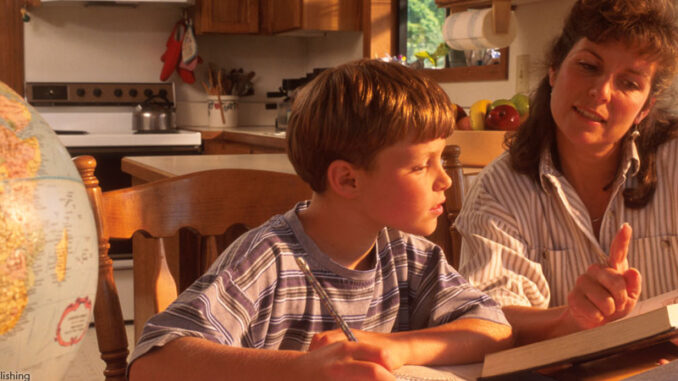

Education has always been a hot topic, especially when the discussion is focused on new learning methods. The Flipped Classroom is the latest concept to get a lot of attention. This learning model switches (or “flips”) classroom learning and homework. In the traditional model, a teacher lectures in the front of the class or talks in detail about a subject while students take notes or follow along in a book. There is homework assigned that goes along with that subject that is designed to make sure the students understand what they learned that day. In the flipped model, students watch video lectures at home and at their own pace. The next day, students apply their acquired knowledge through discussion and hands-on activities, projects, exercises and problem sets.
Easier access to technology (for both recording and viewing videos in particular) is a big part of the recent success of the flipped classroom model. The push toward more “active-learning” (being engaged in problem-solving instead of just listening and taking tests) is another reason some schools are eager to adopt the flipped method.
History
In 2007, two teachers at a high school in Woodland Park, Colorado, Joe Bergmann and Aaron Sims, started recording their lectures and posting them online for those students who missed class. They were very effective. Word got out and the teachers were invited to other schools around the country to discuss their own experiences with other teachers. Bergmann and Sims stress that the shift to a flipped classroom is not just about kids watching videos. In order for the learning to be effective, there must be meaningful activities linked to the material that happens in class.
Pros
In a traditional classroom, teachers often find themselves teaching content toward the average, on-level student. Approaching Level students may struggle to keep up with the classwork. At the same time, Beyond Level learners may find themselves unchallenged.
The flipped environment encourages everyone to learn at their own pace and allows for more one-on-one time between teachers and students. The methods of determining content mastery is another positive aspect of this model. For example, a student cannot simply get by with a D. Instead, a student keeps trying until he or she demonstrate understanding of the subject. It can also mean less time spent on grading papers outside classroom hours.
Cons
In order to be effective, a flipped environment can require quite a lot of preparation. This might mean more work for the instructors. With recorded lectures that are not presented in the moment, teachers cannot see if students are understanding by reading their faces. Some students will not have access to the appropriate technology in their homes.
There is some new research to suggest that the flipped classroom model might not be any more effective in the long run than traditional methods. Perhaps it is just too soon to tell.
Voice Your Opinion
What do you think about the flipped classroom model? Would it work for you? Vote in the poll below to give your opinion.
Sorry, there are no polls available at the moment.
